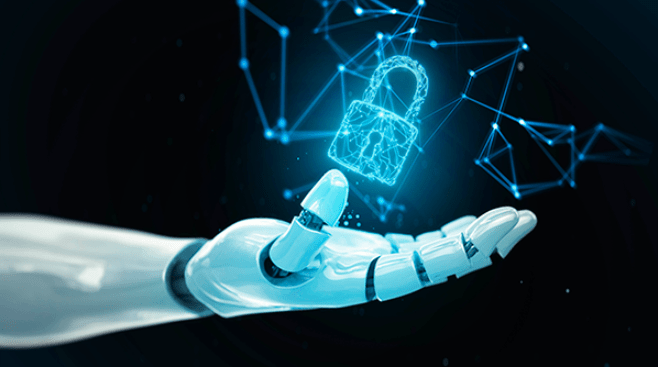We are currently experiencing a major dilemma. On the one hand, there is a huge demand for high-performance computing services, which span multiple industries and verticals. On the other, many of these companies still don’t have the adequate support teams responsible for 24/7 monitoring of the various vulnerabilities to which the organization may be exposed. The learning and adoption curve needs improvement; companies believe it won’t happen to them and that there’s no need to invest.
In the framework of International Computer Security Day, it’s imperative to remember that both the company and employees are responsible for having policies and protocols in place to achieve optimal cybersecurity. That’s why education in cybersecurity is key to a company’s technological health. Reality has shown us time and again that an attack can cripple critical areas of the company, causing millions in losses.
Phishing, ransomware, social engineering attacks, supply chain and cloud attacks; online identity forgery and DDoS (Distributed Denial of Service) attacks, are the main vulnerabilities we see more and more often. This is why cybersecurity in organizations involves a series of measures and precautions to protect the company’s systems, networks, and data against potential cyberattacks and threats.
Increasingly, companies and organizations depend on technology and digital connectivity to carry out their productive and commercial operations, leaving them vulnerable to cyberattacks, whether through data theft, interruption of services or destruction of information. It is therefore essential to have cybersecurity strategies in place to protect the integrity of information and safeguard reputation and business continuity.
Having a strategy is key, as it establishes a comprehensive plan to identify, prevent, and mitigate the risks related to cyberthreats. To develop it effectively, some crucial actions must be adopted:
Self-assessment
Carrying out a risk assessment (critical assets, possible threats and vulnerabilities) and being prepared internally against potential incidents is vital. Also, security policies should address the access to systems and data, passwords, the use of personal devices (BYOD), awareness, and training.
Platforms and Forecasts
Here, we must pay special attention to access management, different updates and patches, firewalls and antivirus – always remembering to encrypt data.
Detection and response
Once a breach is detected, monitoring is key to detect suspicious activity. Early detection can help mitigate the impact of an incident. After a cyberattack, you must identify, contain, eradicate, recover, and learn from what happened. Also, don’t forget to have mechanisms in place for backup and recovery.
Regular audits
Carry out and avoid feeling safe or complacent. It’s important to keep up to date with legal compliance, collaborating closely with cybersecurity experts.
Faced with this scenario of latent vulnerabilities, it is imperative that companies seek the advice of experts in managed solutions and, at the same time, promote digital education campaigns to raise employees’ and user’s awareness regarding cyberthreats and the damages they may cause. The overall idea is to cover three fronts of action: end-user devices, access to the network, and cloud applications and services.
Finally, it is key to underscore that a cybersecurity strategy must be tailored to the specific needs and characteristics of each company and be subject to continuous assessments and adjustments to address potential new threats. Being always ready seems to be the watchword today, more than ever.

Author:
Ricardo Pulgarín Gómez
Senior Security Solutions Architect
Cirion Technologies









